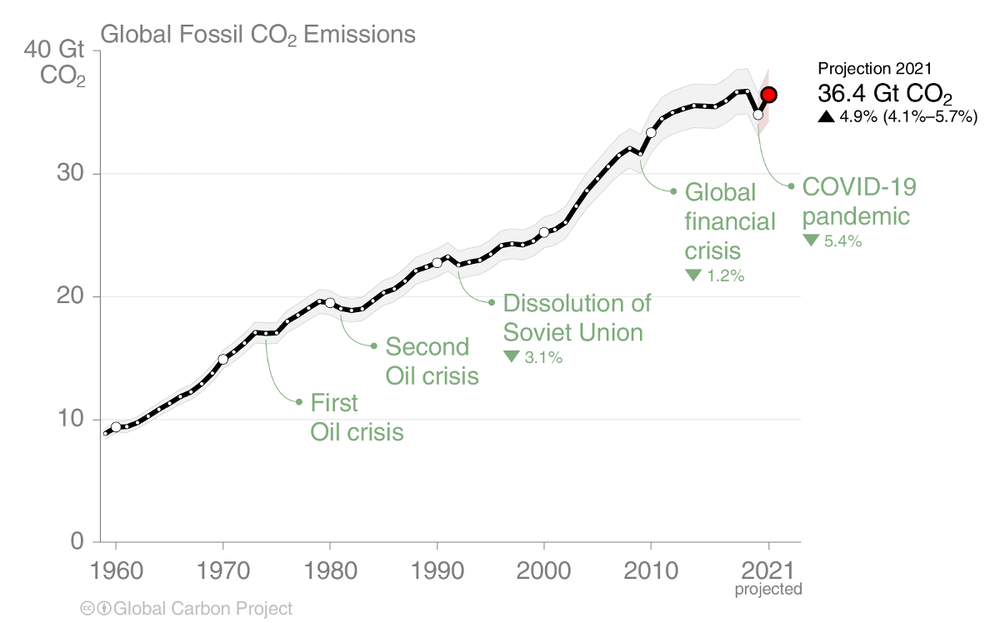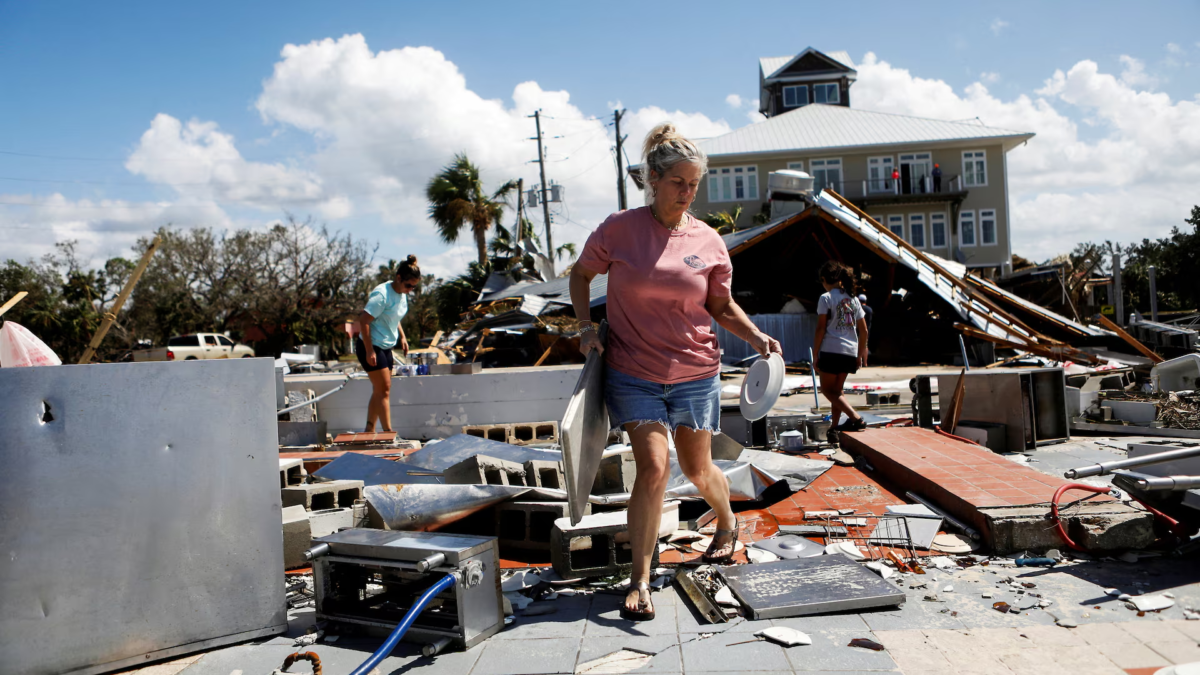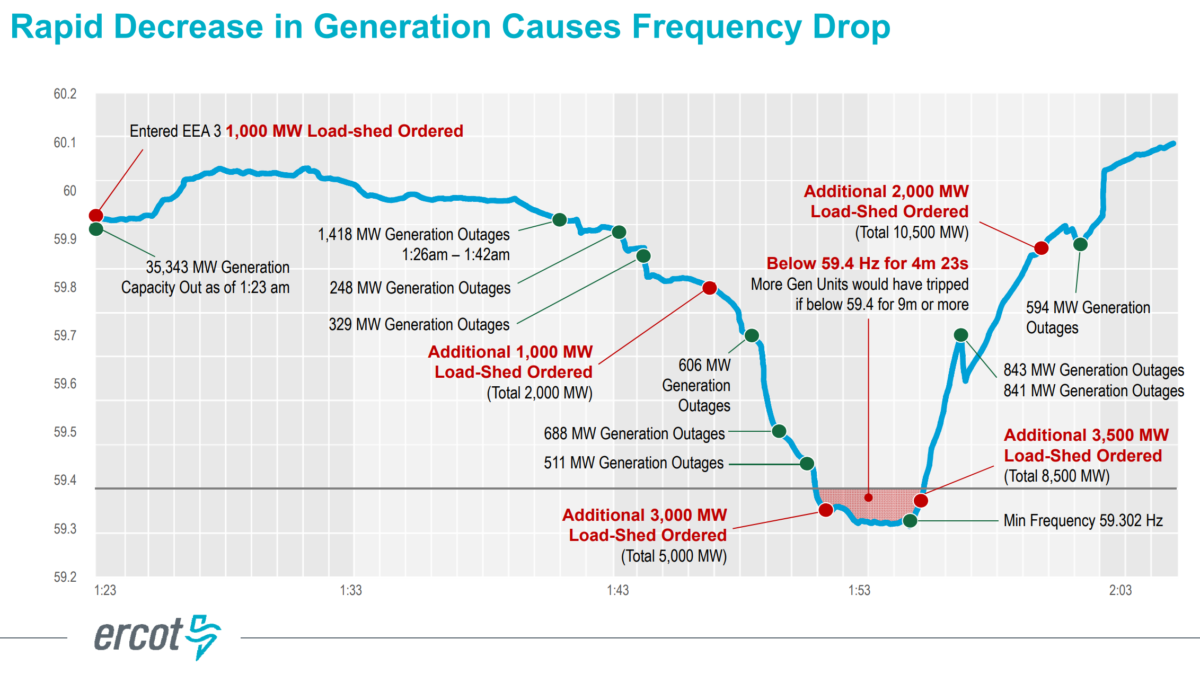NASA captures 160°F (71°C) roads and sidewalks across Phoenix – “It looks like we’re at a record pace, which is a record we really don’t want to set”

By Jessica Boehm
10 July 2024
(Axios) – Many Phoenix streets and sidewalks can reach 160° during the hottest parts of the day, according to a new NASA analysis.
Why it matters: Surfaces that hot can cause contact burns in seconds, and Valley hospitals are seeing an uptick in patients with serious burn injuries.
The big picture: Human-caused climate change is increasing the intensity and duration of heat waves in Phoenix, leading to enhanced risk of heat-related injuries, illnesses and deaths.
What they did: NASA’s Jet Propulsion Laboratory recently mapped the thermal burn risk across the city by measuring the surface temperature on Phoenix streets and sidewalks.
- The agency collected the data using a thermal radiometer tool aboard the International Space Station.
What they found: Streets measured at least 120° across the city, but in many pockets they clocked in at as high as 160°.
- Neighborhoods around Encanto Park and Camelback East, where there are more green spaces and tree cover, saw lower temperatures, while Maryvale, Alhambra and south Phoenix experienced some of the highest.
Reality check: NASA collected the temperature data on June 19, when the high temperature was 106. This week, Phoenix has recorded temperatures hitting 118.
- Asphalt absorbs up to 95% of solar radiation, leading to surface temperatures that are 40-60 degrees higher than the air temperature, per NASA.
Threat level: Valleywise Health’s Diane & Bruce Halle Arizona Burn Center has seen an increase in older patients this summer, as even a quick fall can produce a second-degree burn.
- Last summer, the burn center treated 136 patients with severe contact burns — up from 85 in 2022. Fourteen people died as a result of their injuries.
What we’re watching: The Arizona Burn Center admitted 50 patients this June alone, and four died of the heat shock and burn injuries, director Kevin Foster told KTAR last week. Another 100 people were treated for outpatient burn injuries.
- “It looks like we’re at a record pace, which is a record we really don’t want to set,” he said.


